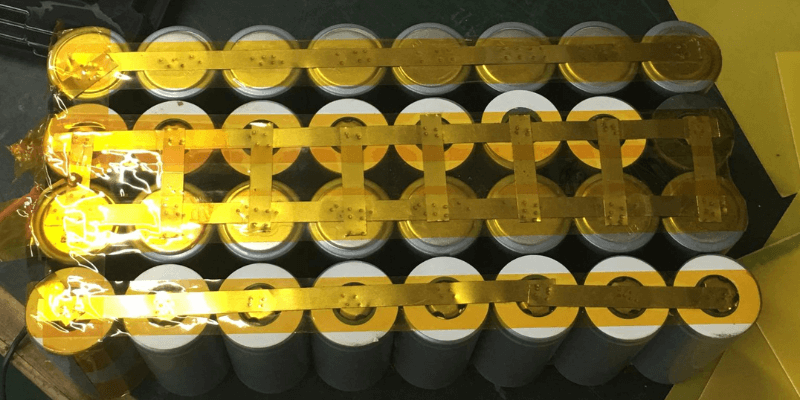Key Takeaways:
- C rate measures battery speed—1C delivers full power in an hour.
- Higher C rates may incur energy loss as heat.
- Calculate C rate using t = 1 / Cr; adjust for charging/discharging time.
- High C rates are vital for power-hungry applications like drones and jump starters.
Batteries have something called a “C rate.” It tells us how fast they can charge or give out power. Let’s break it down.
What is a C Rate?
Think of C rate as the speed at which a battery works. A 1C rate means the battery can give all its power in one hour. A 0.5C rate? That’s slower, giving half the power in two hours.
Battery C Rate Chart
The chart below shows different battery C rates along with their service times. It is essential to note that discharging a battery at various C rates may result in some internal energy losses. At higher C rates, some energy can be lost as heat, reducing capacity by 5% or more.
| C Rating | Time |
| 0.05C or C/20 | 20 hours |
| 0.1C or C/10 | 10 hours |
| 0.2C or C/5 | 5 hours |
| 0.5C or C/2 | 2 hours |
| 1C | 1 hour |
| 2C | 30 minutes |
| 5C | 12 minutes |
| 10C | 6 minutes |
| 20C | 3 minutes |
| 30C | 2 minutes |
To get an accurate capacity reading, manufacturers often rate alkaline and lead-acid batteries at a very low 0.05C, or a 20-hour discharge.
Even at this slow discharge rate, lead-acid batteries seldom achieve 100% capacity as they are often overrated. Manufacturers provide capacity offsets to adjust for discrepancies if discharged at higher C rates than specified.
How to Calculate C Rating of a Battery
A battery’s C rating is determined by the time required for it to charge or discharge. Adjusting the C rate will affect the time required for charging or discharging. The calculation is straightforward:
- t = Time
- Cr = C Rate
Formulas:
- t = 1 / Cr (in hours)
- t = 60 minutes / Cr (in minutes)
0.5C Rate Example
- 2500mAh Battery
- 2500mAh / 1000 = 2.5Ah
- 0.5C x 2.5Ah = 1.25 Amps available
- 1 / 0.5C = 2 hours
- 60 / 0.5C = 120 minutes
2C Rate Example
- 2500mAh Battery
- 2500mAh / 1000 = 2.5Ah
- 2C x 2.5Ah = 5 Amps available
- 1 / 2C = 0.5 hours
- 60 / 2C = 30 minutes
30C Rate Example
- 2500mAh Battery
- 2500mAh / 1000 = 2.5Ah
- 30C x 2.5Ah = 75 Amps available
- 60 / 30C = 2 minutes
Finding C Rating of a Battery
Smaller batteries commonly have a 1C rating, also known as the one-hour rate. For instance, a battery labeled 3000mAh at the one-hour rate has a 1C rating of 3000mAh.
Typically, the C rate is found on the battery label and datasheet. Different battery chemistries may have varying C rates.
Lead-acid batteries often have low discharge rates like 0.05C or 20-hour rates, while lithium batteries can handle much higher C rates.
If the C rating is not found on the label or datasheet, it is advisable to contact the manufacturer directly.
Applications Requiring High C Rates
Many modern applications and devices demand high C rate batteries, including RC models, drones, robotics, and vehicle jump starters. Such applications require powerful energy bursts in short periods.
For instance, most jump starters may need up to an 80C rate discharge, and in the RC industry, high-rate discharge batteries are used up to 50C rates.
Some batteries claim even higher C rates for maximum pulse discharge, reaching full discharge in seconds. However, most applications do not need such extreme C rates.
Conclusion
Knowing the C rate helps you pick the right battery. It’s like choosing between a race car and a bike – both are good, but for different things. If you’re not sure which battery to choose, please contact Holo Battery engineering team.
Related Articles:

